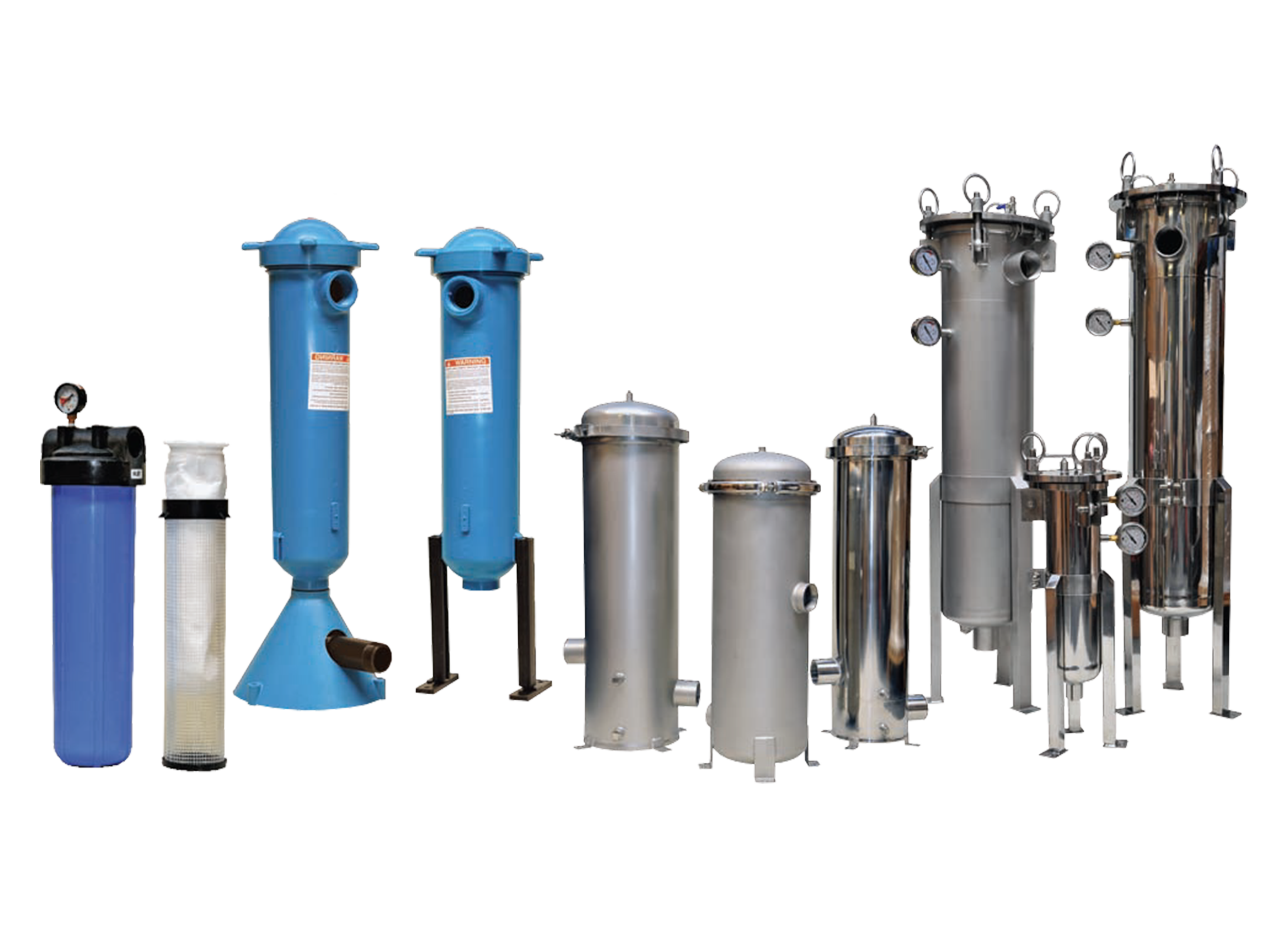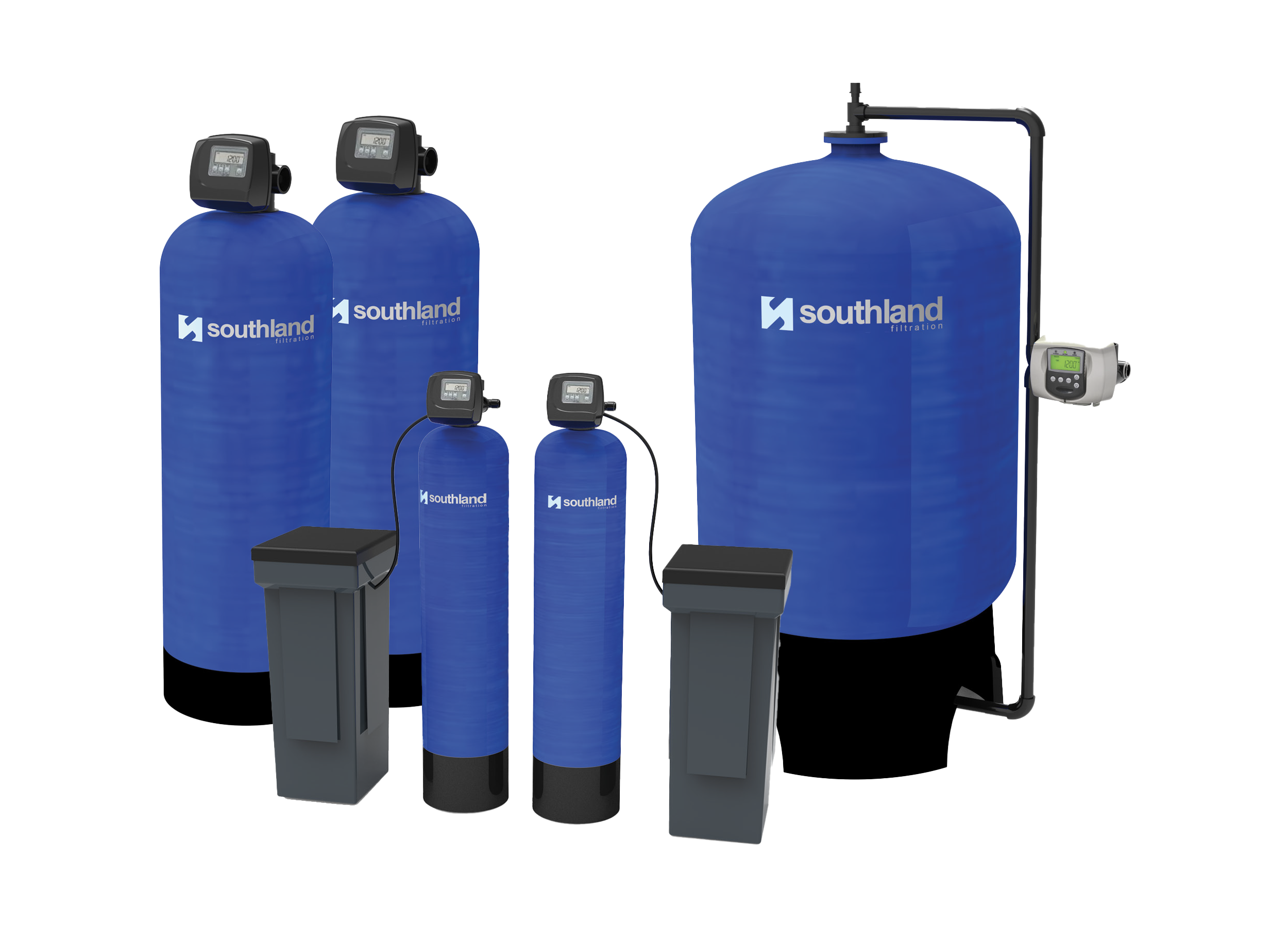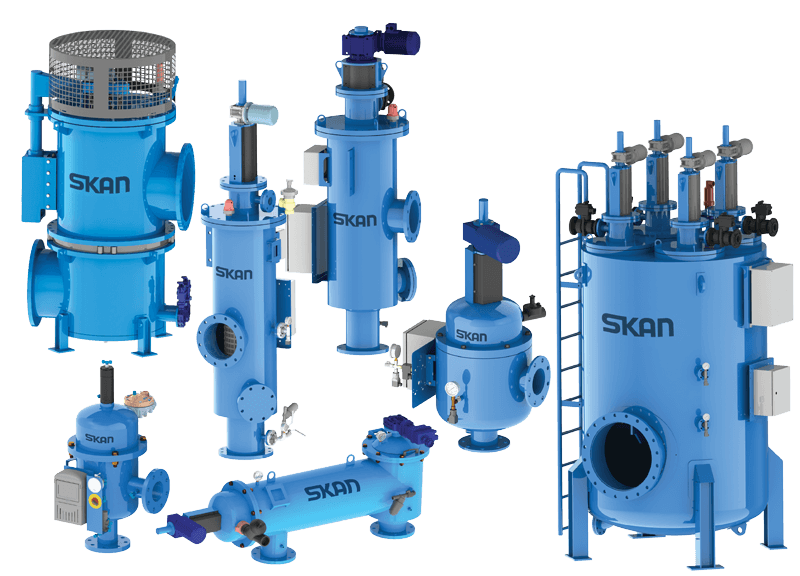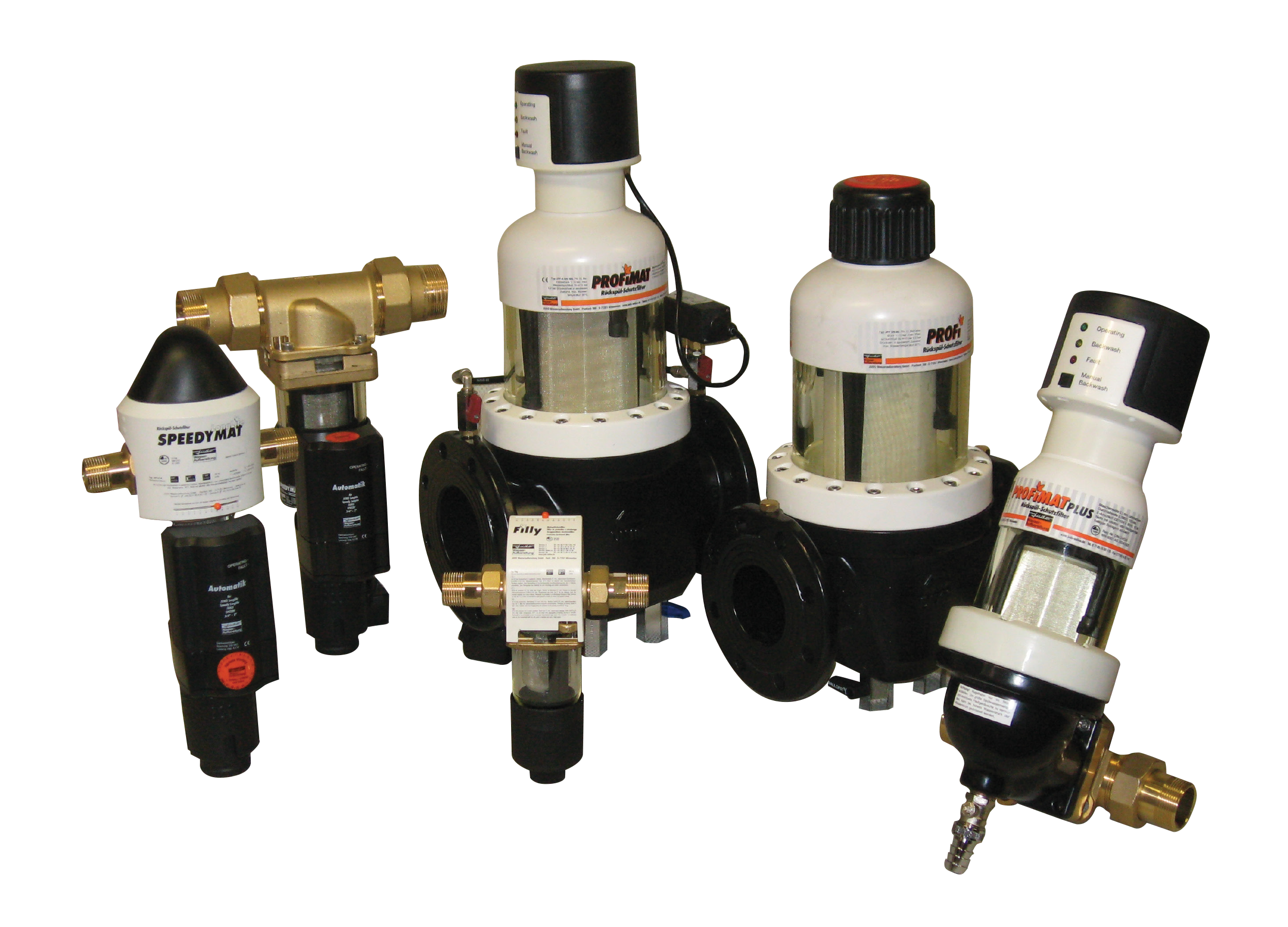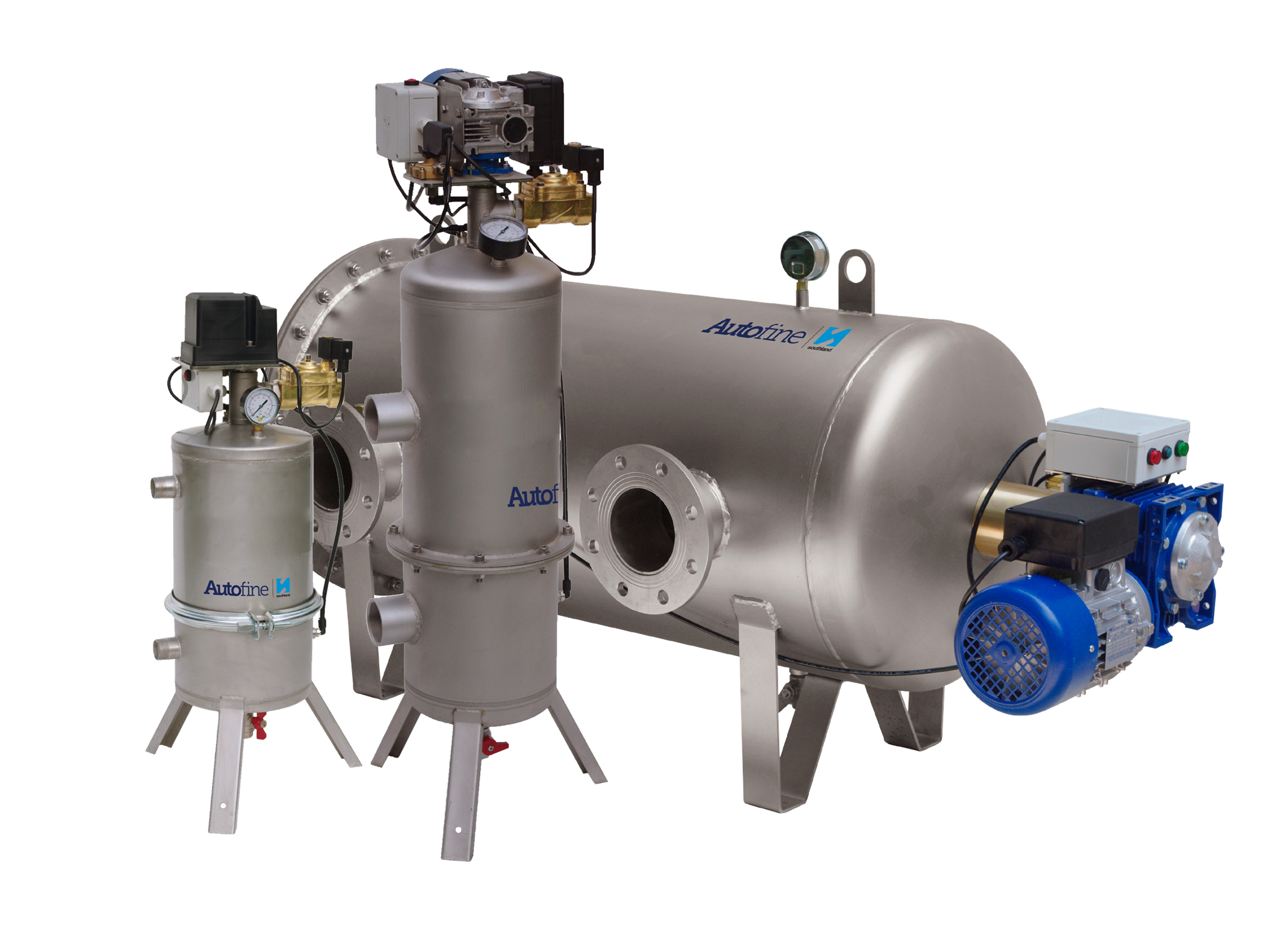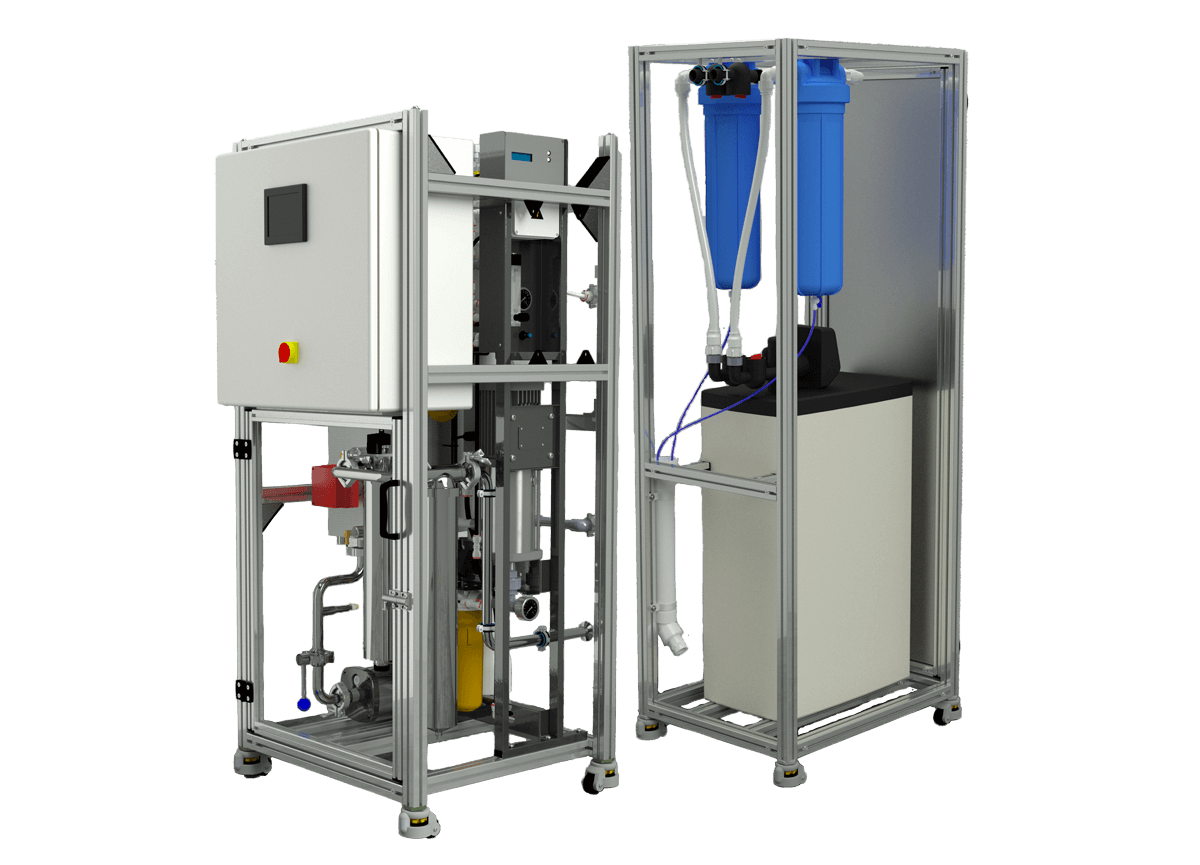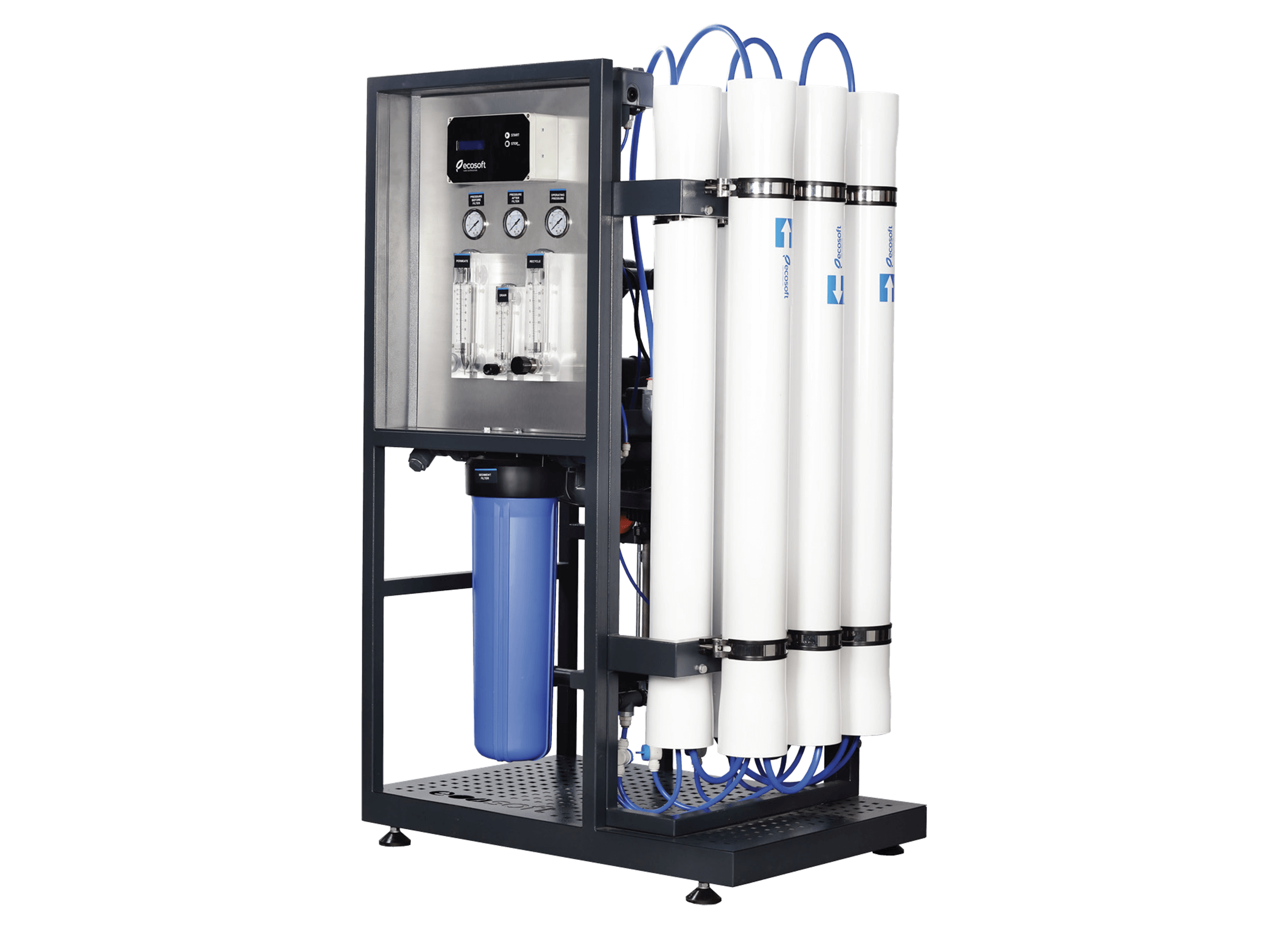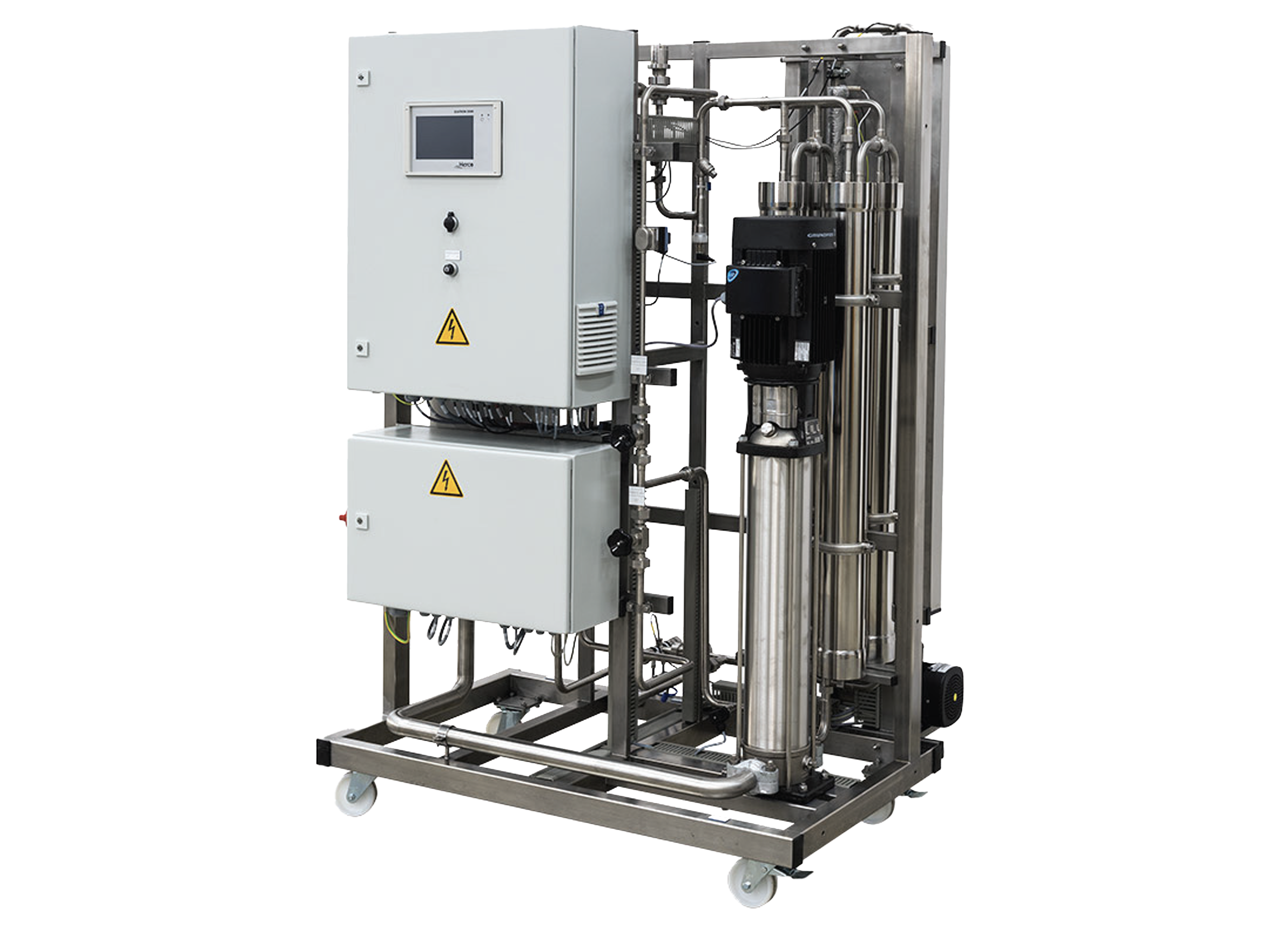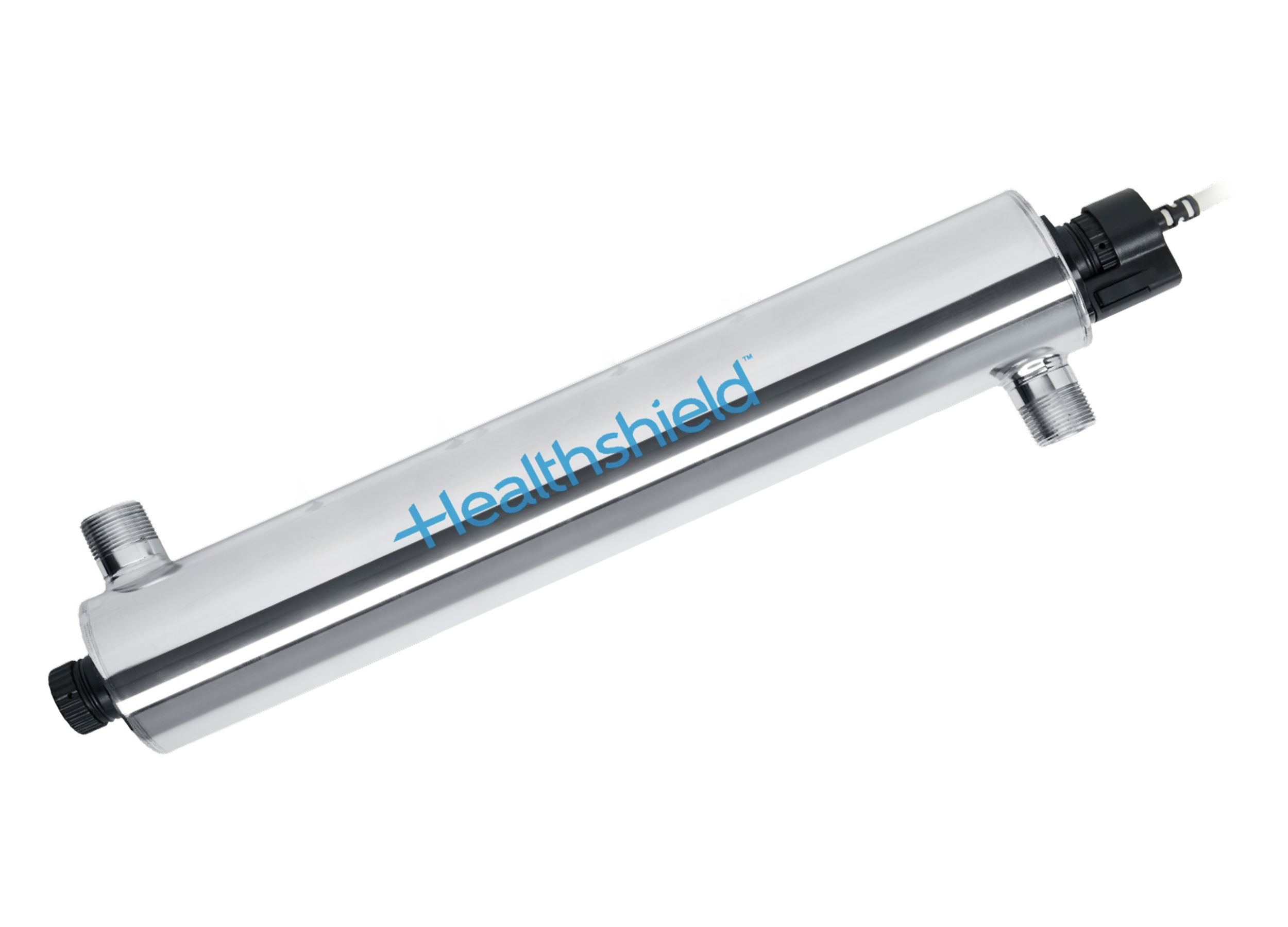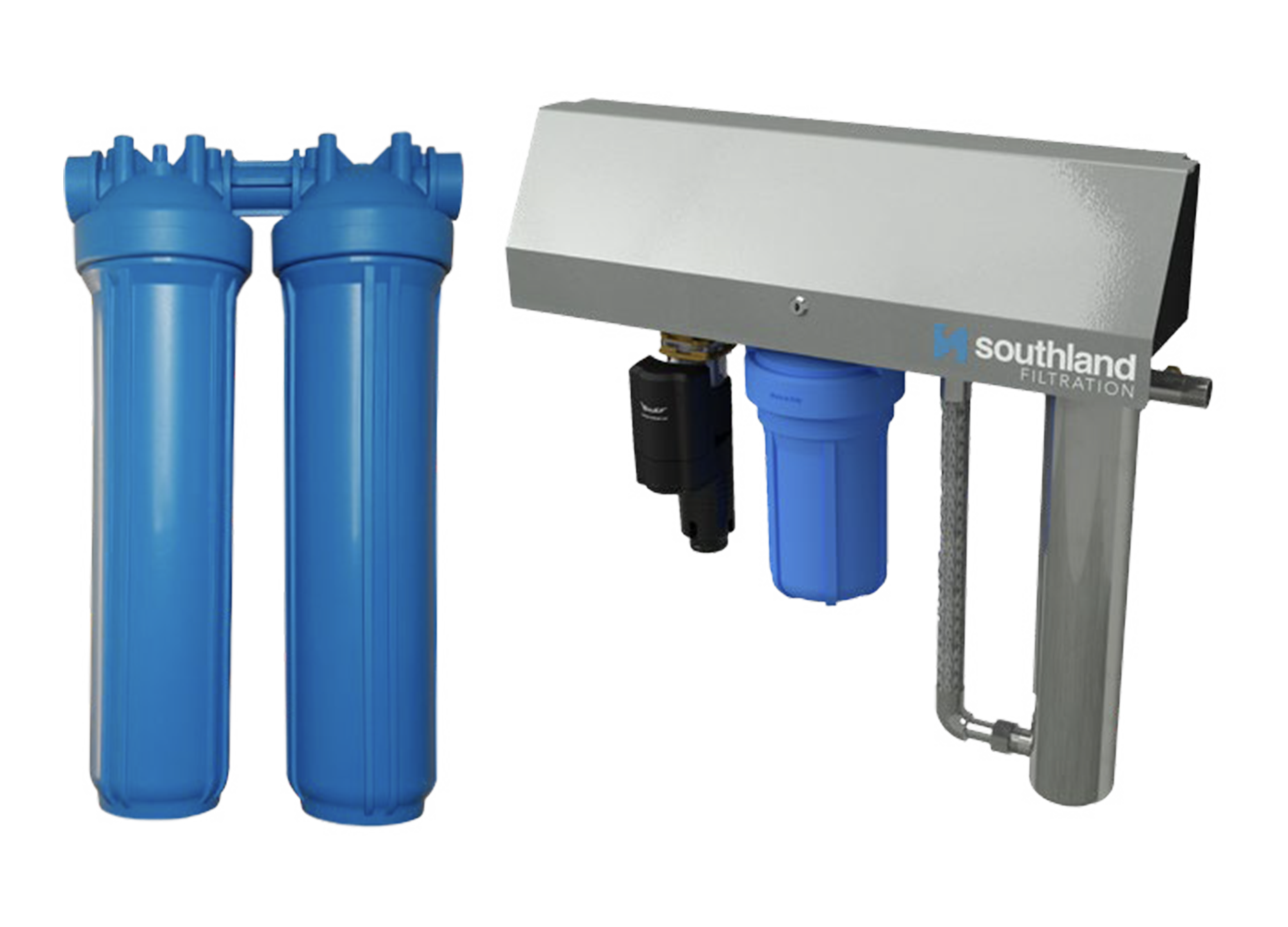Technologies & Processes
Water filtration technologies and processes we use consist of various stages to remove impurities and contaminants from water. The sequence of stages may vary based on the specific requirements and goals of the water treatment process. Advanced water treatment systems may incorporate additional technologies or stages for specialised applications. A highly skilled water treatment provider will be able to ascertain compliant solutions based on your region and industry needs. Here are the common technologies we deploy:

Filtration
Bag & Cartridge
This is a versatile solution for removing suspended particles and contaminants. These replaceable filters come in various micron ratings, allowing them to tackle everything from coarse sand to fine particles. Widely used in municipal, industrial, and commercial settings, they address challenges like sediment, rust, and pre-filtration for more advanced treatment methods. Applications include mains water filtration, rainwater harvesting protecting irrigation systems, and pre-treating water for reverse osmosis.
Multimedia
This water treatment technology we use utilises multiple layers of different filtering media, arranged in a specific sequence, to effectively remove a wide range of impurities and particles from the water as it passes the filter bed. Filtering media such as sand, anthracite, and garnet are used to eliminate large particles and debris like sediment, chlorine, and organic matter.
Screen Filtration
A technology that acts as a first line of defence in many water treatment applications, employing fine mesh filters to remove large particles, debris, and some organisms. Widespread across various industries like pharmaceuticals, food & beverage, and power generation, it tackles issues like sediment, algae, and even large bacteria. Applications include filtering water at intake points, pre-treating seawater for desalination, and protecting delicate equipment in treatment processes. More recently, it is used for filtration in commercial applications such as rainwater harvesting and mains inlet filtration, due to the specific benefits screen filters bring including no interruption to service flow, very small spatial installation requirement, low pressure loss and minimal water wasted during the backwash cycle.
Reverse Osmosis
Our advanced reverse osmosis (RO) is a water purification method using a semi-permeable membrane to separate impurities from water. Pressure is applied to force water molecules through the membrane, leaving behind contaminants like minerals, bacteria, and chemicals. Solutions are tailored for depending on the industry or sector requirements.
Treatment
UV
We use ultraviolet light to destroy or inactivate microorganisms like bacteria, viruses, and parasites. The UV light damages the DNA or RNA of these pathogens, preventing their ability to replicate. This method is chemical-free, environmentally friendly, and highly effective in providing safe drinking water. UV disinfection offers rapid treatment, doesn’t alter the water’s taste or odour, and requires minimal maintenance, making it a valuable tool in ensuring water safety.
Multimedia
This water treatment technology we use utilises multiple layers of different filtering media, arranged in a specific sequence, to effectively remove a wide range of impurities and particles from the water as it passes the filter bed. Filtering media such as sand, anthracite, and garnet are used to eliminate large particles and debris like sediment, chlorine, and organic matter.
Call our specialists today for an expert solution; we’re your dependable partner with the expertise you can trust on
Freecall AU 1800 656 771 | Freecall NZ 0800 721 477
